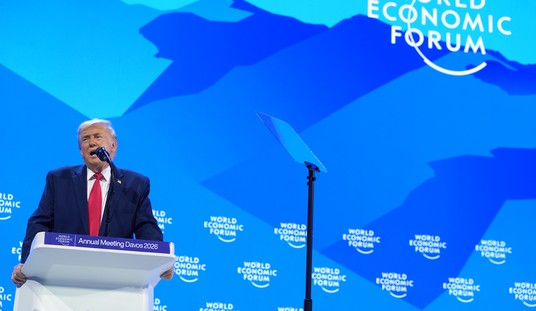Bad news for American governments and good news for Americans. Their health will improve and governments’ tax revenues will drop.
The national smoking rate among Americans has plummeted to a record low of 16 percent. In the early 1950s, nearly half the country (45 percent) smoked, according to regular Gallup surveys.
The decline is especially notable among young adults, where the rate has dropped from 34 percent early this century to just 15 percent the last two years. This could augur well for the population’s long-term health conditions.
Smoking cigarettes dropped for all age groups except the 24 percent of 50-to-64-year-olds, which is the same today as at the turn of the century. The 30-to-49-year-olds dropped from 28 percent to 20 percent and seniors held steady at 11 percent until falling to eight percent the last two years.
In 1944, 41% of U.S. adults said they smoked; this figure held steady for the next several decades, even after the federal government began warning the public in the early 1960s that smoking was a health threat. However, the rate began dropping in the 1970s, from the forties down to 36 percent in 1977.
By 1989, it slid below 30 percent for the first time, then held steady in the mid-20 percent range until this century when the accumulated effects of increased federal, state and even city taxes combined with public smoking bans and public service campaigns to send more smokers into abstinence. By 2013, the rate was below 20 percent for the first time.
Tobacco taxes were spotty in the country’s early years when government even taxed snuff. But when that did not stop sneezing, they gave up.
As federal government debts spiraled during the Civil War, Congress enacted excise taxes on several products, including tobacco. In fact, by 1869 as cigarette-smoking became more popular, tobacco taxes formed the largest federal revenue source. Woodrow Wilson, of course, would change that with income taxes in 1913.
State tax officials did not follow suit until the early 20th century when Iowa was first in 1921. By 1969, all states taxed cigarettes. At one point in Chicago — where else? — the combined taxes on a single pack of 20 cigarettes were $7.42, compared to Missouri’s 13 cents.
Tobacco taxes were a favorite of modern governments because they brought in lots of money and few could object without appearing pro-cancer.
By the second year of Barack Obama’s first term, federal tobacco taxes alone skimmed $15.5 billion out of the economy into Washington’s treasury. Such taxes raised the costs of disposable income apparently out of reach of many, especially younger Americans. And it was government then that had become addicted.
That combined with state and municipal public smoking bans, both indoors and out, made smoking more socially unacceptable, unlike mid-century when it was thought to be cool.








Join the conversation as a VIP Member